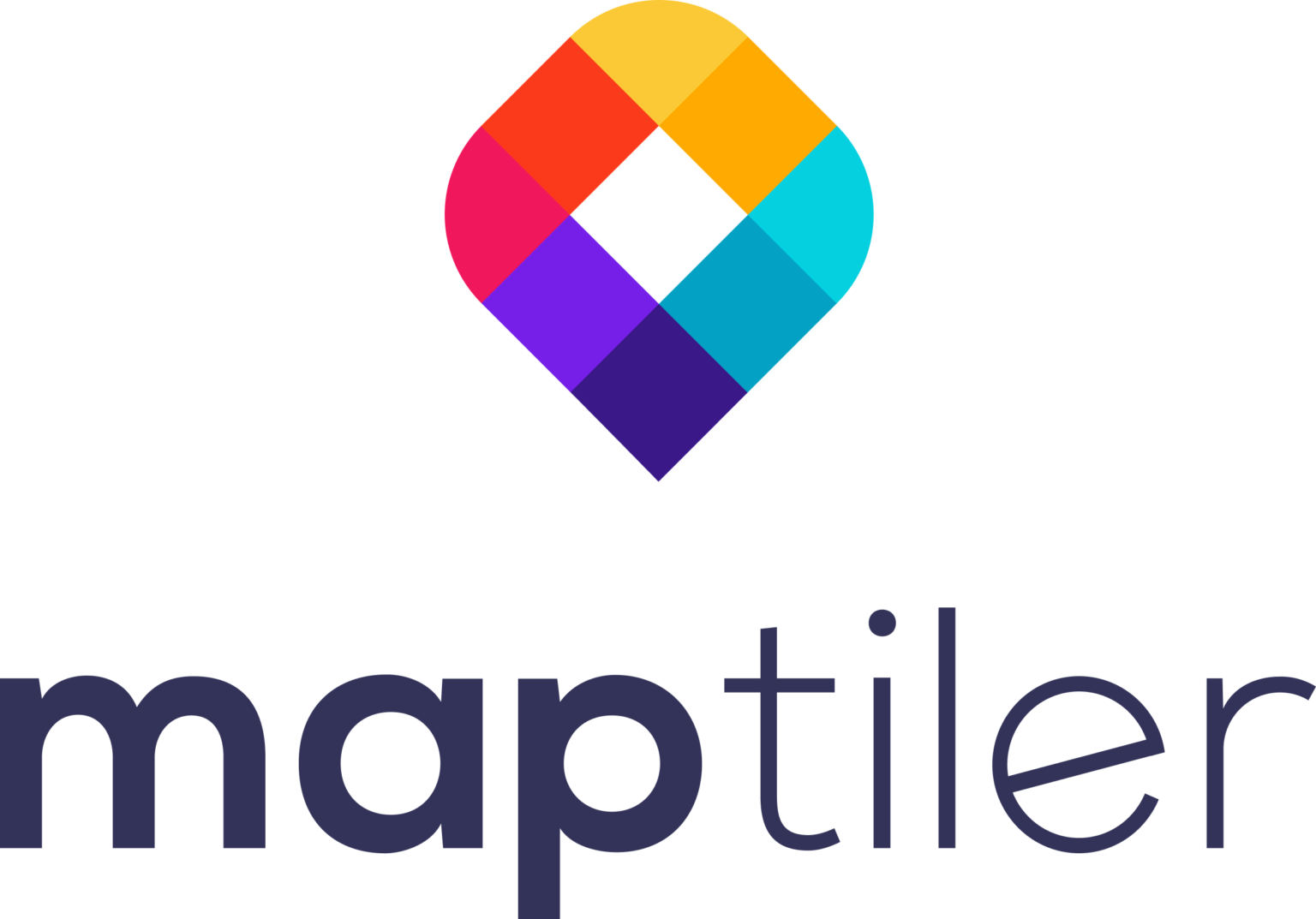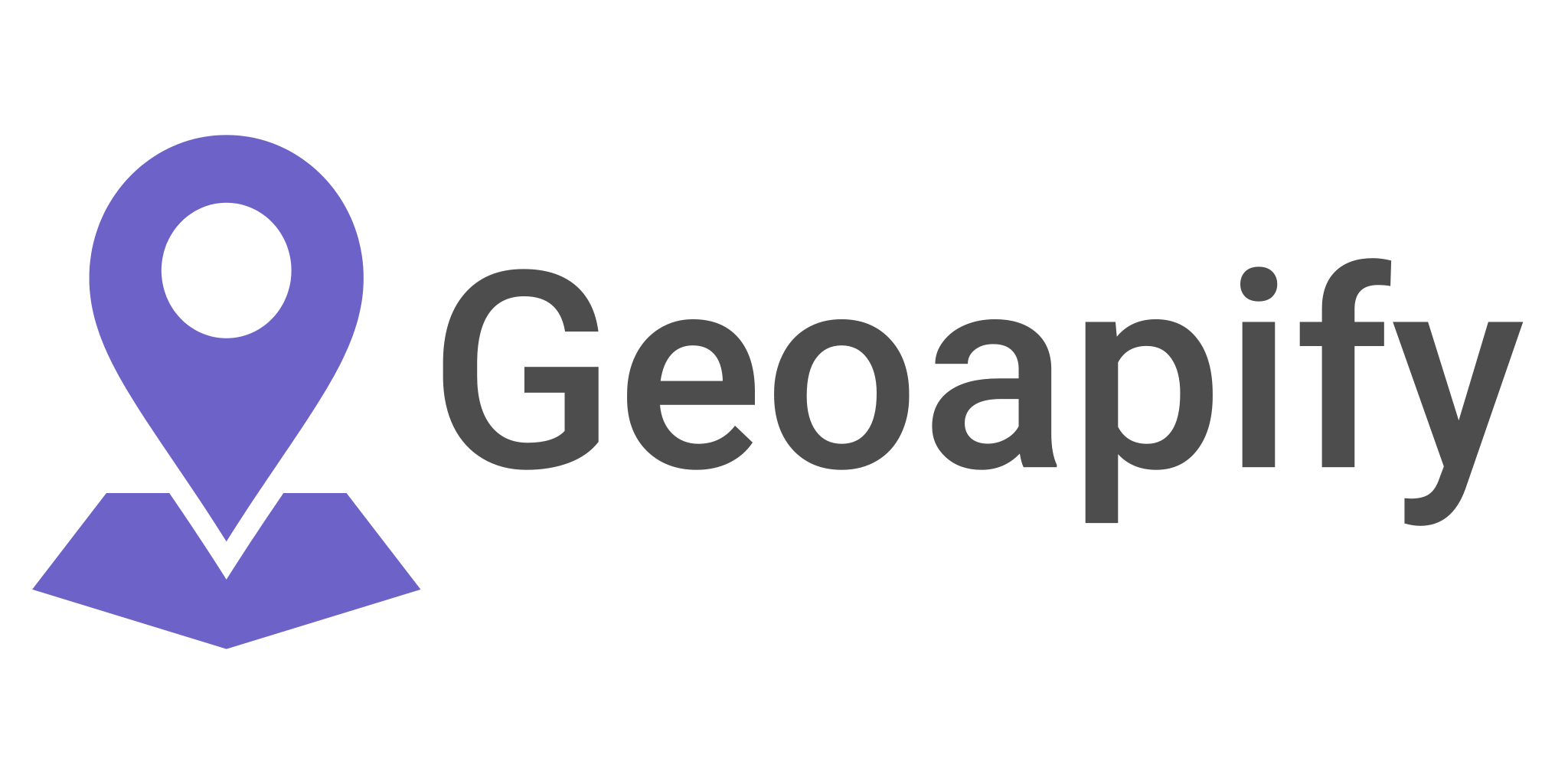GPS and GNSS
The Global Positioning System ( GPS ) is part of a group of satellite positioning systems called Global Navigation Satellite Systems ( GNSS). These systems provide location and time information to users around the world, GPS is the most widely known but not the only one, there are a few other similar systems such as:
- GLONASS: Short for Globalnaya Navigazionnaya Sputnikovaya Sistema, is a global navigation satellite system operated by the Russian Aerospace Defence Forces. It is similar in function to GPS, but with slightly different coverage and accuracy.
- Galileo: This is a global navigation satellite system operated by the European Union (EU) and the European Space Agency (ESA). It aims to provide an independent and complementary positioning, navigation, and timing service to that of GPS and GLONASS.
- BeiDou: is a Chinese satellite navigation system, which aims to provide an independent and complementary positioning, navigation and timing service, similar to GPS and GLONASS.
- QZSS: is a regional satellite navigation system operated by the Japanese government, which aims to augment GPS services in the Asia-Oceania region, providing improved position and timing accuracy and availability for users.
For a more detailed decision on GPS and GNSS click here!
Positioning and timing
All use cases for GPS and for all other GNSS systems revolve around positioning and timing.
The GPS system consists of a network of satellites in orbit around the Earth, as well as a network of ground-based control stations and user equipment. The satellites transmit signals that can be received by GPS receiver equipment on the ground, in the air, or in space. The receiver uses the signals from multiple satellites to calculate the user’s precise location and time.
Positioning
Location and navigation: This use case refers to the ability of GPS to provide users with accurate location information. GPS is widely used for navigation in a variety of applications, including automotive navigation systems, handheld GPS devices for outdoor activities, and smartphone GPS apps. It’s used also for tracking and managing transportation vehicles, as well as for search and rescue operations.
Here are a few examples of GPS Applications in terms of positioning
- Transportation: GPS is used in the transportation industry for navigation, logistics and fleet management, real-time location tracking of vehicles, and traffic monitoring and management.
- Agriculture: GPS is used in the agriculture industry for precision farming, machinery guidance, and crop yield monitoring.
- Construction and Land Development: GPS is used to survey, map and plan construction and land development sites, also it can be used to monitor progress and safety on the job site.
- Surveying and Mapping: GPS is used for mapping and surveying, including land surveying, hydrographic surveying, and mapping for construction and land development.
- Emergency Services: GPS is used in emergency services, including ambulances, fire trucks, and other emergency vehicles, as well as search and rescue operations.
- Defense and Military: GPS is used in the defense and military industries for navigation, communication, and surveillance.
- Natural Resources and Environmental Management: GPS is used for natural resources management, such as forest inventory, mining exploration, and wildlife tracking; also it can be used for environmental monitoring, such as air and water quality monitoring, and weather forecasting.
- Manufacturing: GPS is used in manufacturing to track and monitor industrial equipment, and to optimize supply chain management.
- Oil and Gas Industry: GPS is used for oil and gas exploration, production, and pipeline monitoring.
It’s worth mentioning GPS might be used in combination with some other technologies
Dead Reckoning: is a method of determining a current position by using a previously determined position, and advancing that position based on known or estimated speeds over elapsed time, and course.
Inertial navigation systems (INS): use accelerometers and gyroscopes to track the movement of a device, and determine the device’s position and orientation.
RFID (Radio-Frequency Identification): is a method of identifying objects using radio waves, which can be used for tracking and monitoring location in various applications such as transportation and logistics, supply chain management, and inventory management.
Wi-Fi: By using Wi-Fi infrastructure, it can determine a device’s location based on the strength of the signals received from nearby access points.
Timing
This use case refers to the ability of GPS to provide accurate time information. GPS is used to synchronize time in a wide range of systems and devices, such as power grids, financial transactions, servers, and network devices. This precise time can be used for many purposes, such as controlling manufacturing processes and power transmission, coordinating communication networks, and in many financial systems, as well as scientific research that requires precise timing measurements.
GPS is often used in combination with PTP (Precision Time Protocol) or NTP (Network Time Protocol) to synchronize time in various systems.
PTP (Precision Time Protocol) is a protocol that provides sub-microsecond accuracy in synchronizing clocks in a network. PTP uses GPS as a time reference, to synchronize the clocks on the network with the GPS time signal. This allows for precise coordination of events and reduces errors in systems that require accurate time synchronization, such as high-speed trading systems, control systems, and other time-sensitive applications.
NTP (Network Time Protocol) is a protocol that is used to synchronize the clocks of computers over a network. NTP uses GPS as a time reference, to synchronize the clocks on the network with the GPS time signal. This allows for accurate timekeeping in networked systems, such as servers, routers, and other network devices.
In the case of NTP, a GPS receiver is connected to a computer running NTP software, the software synchronizes the time of the computer with the time provided by the GPS receiver, this process can be applied to several computers in a network.
Here are a few examples of GPS Applications where the focus is on synchronizing time
- Telecommunications: GPS is used to synchronize time in cellular networks, power grids, and financial transactions.
- Power Generation and Distribution: GPS is used to synchronize the time in power grids and to monitor the power flow in the grid
- Manufacturing: GPS is used in manufacturing to synchronize time in the production line, and to track and monitor production progress.
- Banking and Finance: GPS is used to synchronize time in financial transactions and systems, to ensure accurate record-keeping and compliance with regulations
- Transportation: GPS is used in the transportation industry to synchronize time in schedules and routes for public transportation and for logistics purposes
- Information Technology: GPS is used to synchronize time in data centers, networks, and servers
- Oil and Gas Industry: GPS is used to synchronize time in drilling and production operations, also it can be used to monitor the integrity of the wells.
- Defense and Military: GPS is used to synchronize time in communication and navigation systems, to ensure accurate and efficient coordination in operations
It’s important to understand that it’s not just about the accuracy of the positioning or timing data although it is difficult to overstate how important this is, it’s also the fact the GPS is a global system! a system that provides a way of calculating location and time that we ( the world ) can agree on and can use as a standard. A standard way of communicating the location of something and what time it is!







